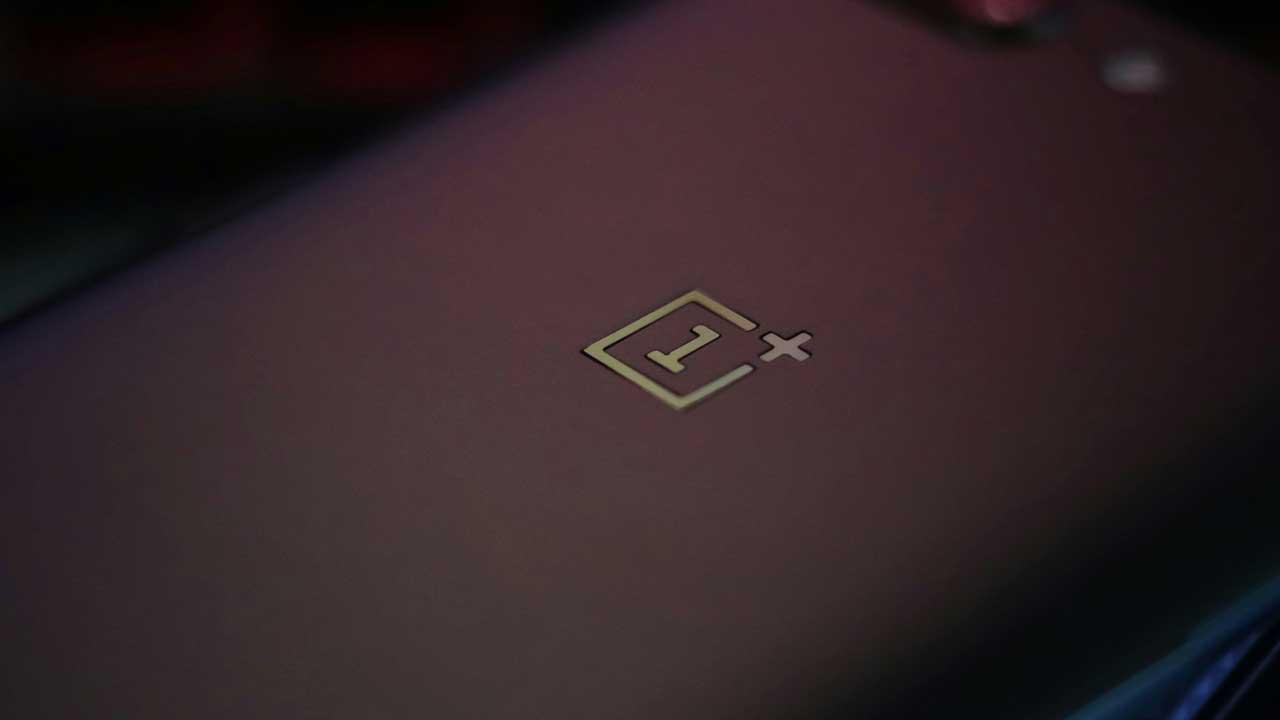(CNN) — Chinese officials on Wednesday released new details about a plan to send humans to the moon, as China tries to become the second country to put citizens on the moon.
Zhang Hailian, deputy chief engineer of China’s Manned Space Agency (CMSA), unveiled the initial plan at the Space Summit in Wuhan on Wednesday. According to state news agency Xinhua.
The mission, which is expected to take place before 2030, is part of the plan to establish a lunar research station. It will explore the best way to build such a facility and carry out lunar exploration missions and other experiments, Zhang said.
Two launch vehicles will send a lander and a manned spacecraft to the surface of the moon before connecting to each other in lunar orbit. Global Times Administered by Govt. After docking, the Chinese astronauts on board the spacecraft will enter the lander used to land on the lunar surface.
While on the moon, they will collect samples and conduct “scientific research” before taking off on the lander and rejoining a waiting spacecraft in orbit, which will take them back to Earth, the Global Times reported.
To prepare for the mission, Chinese researchers are busy building all the necessary equipment, including lunar suits, crewed moon rovers, crewed spacecraft and lunar landers, Xinhua reported.
State media did not say how many astronauts China plans to send to the moon.
The lunar mission is the latest development in China’s drive to advance its space program, which has seen many advances in recent years.
China’s space race
China was late to the space race: it didn’t put its first satellite into orbit until 1970, when the US had already put an astronaut on the moon, but Beijing is making rapid progress.
In 2013, China has successfully landed the rover, the third country to do so. At the time, Chinese President Xi Jinping said, “The dream of space is part of the dream of making China strong.”
Under Xi’s leadership, China has spent billions on its ambitious space program. There are no official public figures on Beijing’s investment Space explorationEuroconsult, a consulting firm, estimates that in 2019 it will be around US$5.8 billion.
That year, China sent a rover On the other side of the moon, a historic first. Then, in 2020, it became the third country to successfully collect rock samples from the moon.
China has been building its own Tiangong space station for the past few years, which was completed in November. The station is the second operational orbital outpost alongside the International Space Station (ISS), from which Chinese astronauts have long been barred due to US political objections and legislative restrictions.
But ISS operations are expected to end in 2030, potentially leaving Tiangong as the only remaining outpost. China has sought to open its station to cooperation with international partners, including conducting tests from other countries.


:quality(85)/cloudfront-us-east-1.images.arcpublishing.com/infobae/LBIVO7473VDJVIOHOP577YLWDU.jpg)
:quality(85)/cloudfront-us-east-1.images.arcpublishing.com/infobae/OLNQLJRERZDCRBK5TW2XPCFNTU.jpg)

:quality(85)/cloudfront-us-east-1.images.arcpublishing.com/infobae/VYMZLY2LCVF7JLLP2QY5TOANM4.jpg)